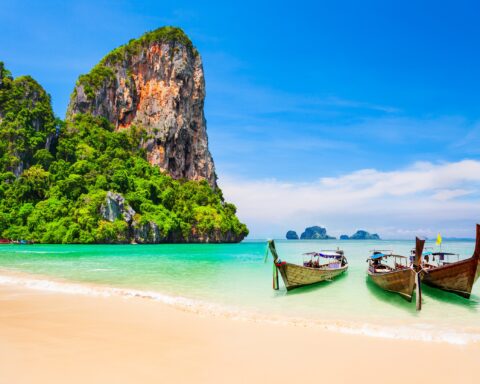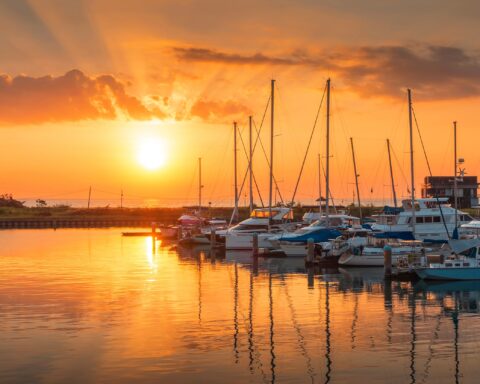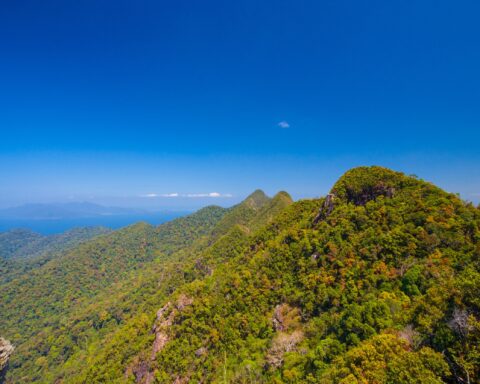The story of Langkawi starts long before the dinosaurs roamed the on Earth. The northwest part of Palau Langkawi is made up from rock formations that are more than 500 million years old. These rocks are some of the oldest in the world and hold fossils that tell the story of early evolution on Earth. Today these rocks nurture legends about the origin of the island and its folk history.
Langkawi has been a part of the Kedah Sultanate for over two millennia. Although recorded history is limited, the island is mentioned by travellers of the Yuan and Ming dynasties around the 14th century. During this time Langkawi was sparsely populated. Its primary occupants were fishermen from the Malaysian peninsula and pirates. It was also used to grow and sell pepper that was a much sought-after spice in the 17th century.
Langkawi is thought to have been cursed for seven generations in the early 18th century by Mahsuri, who was falsely accused of adultery and executed unjustly. The Siamese invasion of Langkawi in 1822 coincides with the beginning of the curse giving credibility to the story and legend of Mahsuri. The island went under British control with the Anglo-Siamese Treaty of 1909 and remained under the British rule until 1957 when Malaysia gained its independence. Langkawi was a quiet and sleepy island when Malaysia became independent and remained that way for a few decades. Its fate changed when in 1986, Tun Mahathir bin Mohamad, the then prime minister of Malaysia decided to make Langkawi a prominent tourist destination. It is said that the sudden change in the fate of Langkawi coincides with the lifting of the curse of Mahsuri as her seventh descendent was born around this time.
In the last three decades, Langkawi has prospered into a world class tourist destination hosting over three million tourists every year. With no more curses and a global tourism boom the future of Langkawi looks full of prosperity and adventure.




